Hidden Truths About Pets in Indian Mythology
Ashna Khare | May 10, 2025, 12:43 IST
Hindu deities with their animal companions
( Image credit : Freepik )
Have you ever wondered how pets and animals were seen in ancient Indian stories? From loyal dogs guarding heaven’s gates to divine eagles flying across skies, pets in Indian mythology were more than just companions—they were powerful symbols of faith, loyalty, and cosmic duties. This article uncovers fascinating tales of animals in Indian mythology, where even a humble mouse or monkey held divine significance. Discover the deep bond between deities and their animal companions and what these sacred relationships tell us about Indian culture, spirituality, and beliefs.
When we think about pets, we imagine loyal dogs, cuddly cats, or birds singing near our windows. They are like family, providing us love and company. But in ancient Indian mythology, animals were seen as much more than just companions. They were respected, worshipped, and often played key roles in the lives of gods and heroes. These animals were symbols of wisdom, loyalty, courage, and devotion.
The stories of animals in Indian mythology are filled with deep meanings. They teach us about the bond between humans, nature, and the divine. Let’s explore the hidden truths behind some of the most important animal figures in Indian mythology and understand why these creatures were so special.
One of the most well-known animal companions in mythology is the small mouse that serves Lord Ganesha. At first, it might seem strange. Why would such a powerful god ride a tiny mouse? But this choice has a deep message. In mythology, the mouse represents desire. Desires, like mice, can sneak into our minds and distract us from our path. When Lord Ganesha rides the mouse, it shows his power to control desire and guide people with wisdom.
This story also reminds us that no creature is too small to serve a great purpose. Even a tiny mouse can be close to the divine when it is loyal and dedicated.
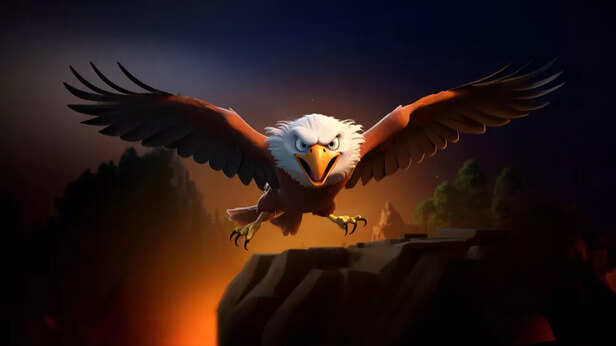
Garuda is a powerful eagle-like creature who is known as the vehicle of Lord Vishnu. He is not just a bird who carries a god. Garuda is brave, fast, and strong. He is often seen as a protector and warrior who fights against evil. One of the most famous parts of his story is his dislike for snakes. This comes from a personal story in which Garuda tries to free his mother from slavery caused by snakes.
Garuda is known for his deep loyalty to Lord Vishnu. He is always ready to travel through the three worlds to help his master and protect the truth. Even today, Garuda is worshipped in many parts of India, especially by people who believe in his power to protect them from negativity.
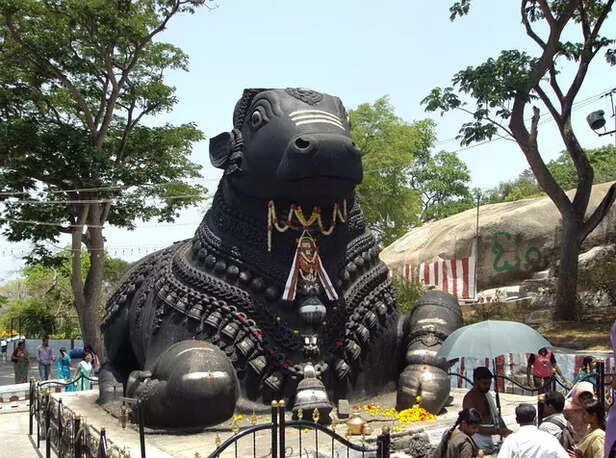
Nandi is the faithful bull who serves Lord Shiva. He is more than just a gatekeeper. Nandi is also the vehicle and closest companion of Shiva. You will often see him sitting in front of Shiva temples, facing the god, always watching and guarding.
According to stories, Nandi was once a great devotee who prayed with deep love to be near Shiva. Pleased with his devotion, Shiva made him his loyal companion. Nandi stands for strength, patience, and discipline. He also represents dharma, the path of truth and righteousness. Devotees often whisper their wishes into Nandi’s ear before entering the temple, believing he will carry the message to Shiva himself.
image:
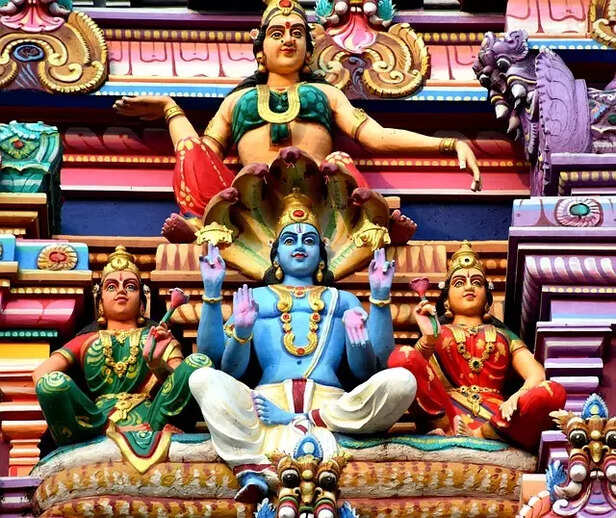
Sheshnag is a giant serpent who holds a very unique place in mythology. He is said to support the entire Earth on his many hoods and also serves as the bed on which Lord Vishnu rests. While snakes are often feared, Sheshnag is respected as a symbol of stability and infinity.
He shows that even animals that may seem scary can have a divine role. In Indian mythology, snakes are connected with deep spiritual energy and are often seen as protectors of sacred knowledge. Sheshnag teaches us about the endless cycle of time and the importance of balance in the universe.
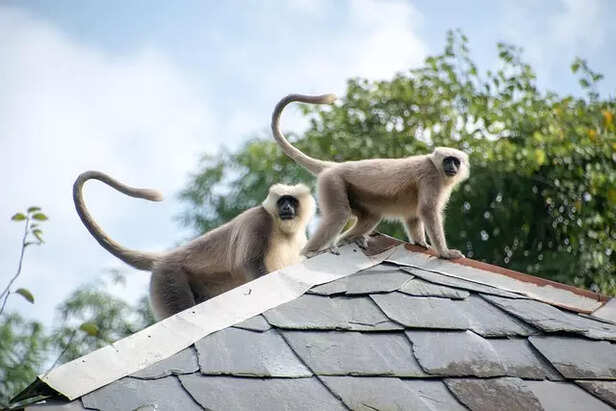
Hanuman is one of the most beloved figures in Indian mythology. Though he is not a pet in the usual sense, he is a monkey who played a major role in the Ramayana. Hanuman is known for his great strength, intelligence, and magical powers, but above all, he is known for his pure heart and devotion to Lord Rama.
He helped Rama find Sita, fought powerful enemies, and never once asked for anything in return. His loyalty and service show what true devotion looks like. Hanuman is worshipped across India, and his story shows that animals can teach us about love, faith, and bravery.
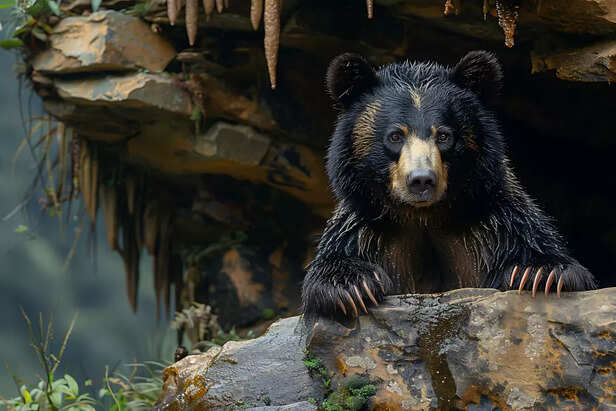
Jambavan is another animal figure with great importance. He is a bear who appears in both the Ramayana and the Mahabharata. Jambavan is not just strong but also very wise. He helped Lord Rama during his battle against the demon king Ravana and later had a special encounter with Lord Krishna.
Jambavan represents ancient wisdom and shows that animals were also seen as thinkers and leaders in mythology. His story proves that respect in these ancient tales was not based on form or size but on knowledge and experience.
In the Mahabharata, there is a beautiful story about a dog that follows Yudhishthira on his final journey to the Himalayas. As each of his loved ones falls behind, the dog stays with him until the very end. When Yudhishthira reaches the gates of heaven, he is told he can enter only if he leaves the dog behind. He refuses, saying he cannot abandon someone who remained loyal to him.
In that moment, the dog reveals his true identity as the god Dharma, who had come to test Yudhishthira. This story shows the value of loyalty and how animals, too, are part of moral and spiritual teachings.The peacock is known for its beauty and grace, and in mythology, it is linked with Goddess Saraswati, the goddess of knowledge and art. The peacock stands for creativity, wisdom, and self-control. Its feathers are colorful, showing the variety and richness of knowledge.
Lord Kartikeya, the god of war and son of Shiva and Parvati, also rides a peacock. In both cases, the bird represents power and elegance. The peacock is not just a decoration; it is a companion that adds to the image of the gods it stands beside.
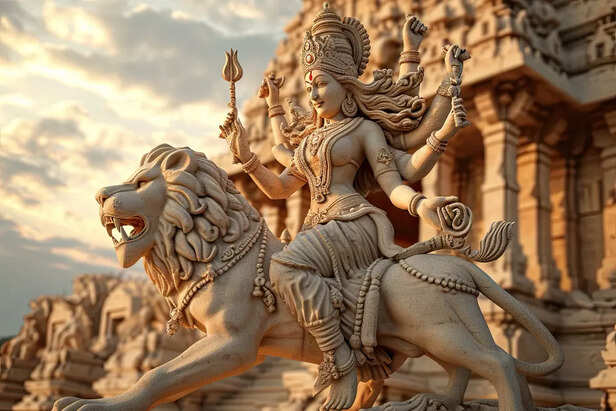
Goddess Durga, the fierce warrior goddess, rides a lion. This powerful image shows her courage and strength. The lion represents fearlessness and the ability to destroy evil. Durga riding a lion into battle reminds us that with faith and willpower, even the darkest forces can be defeated.
During the festival of Navratri, images of Durga with her lion are worshipped across India. Her bond with the lion tells us that even the most powerful beings rely on brave companions to complete their mission.
Goddess Lakshmi, who brings wealth and prosperity, is shown with a white owl as her vehicle. Owls are usually linked with mystery or darkness, but in this case, the owl stands for wisdom and awareness. It also teaches that wealth should be handled carefully and not blindly chased.
This story reminds us that animals in mythology are not only protectors or fighters. They are also guides who bring important messages about life, money, and responsibility.
All these stories show that animals in Indian mythology were more than just pets. They were trusted, respected, and in many cases, worshipped. They played key roles in shaping the stories and values of ancient times. These animals were not seen as lower beings but as spiritual partners who helped gods and humans achieve their goals.
These tales also show how deeply connected ancient Indian culture was with nature. Every animal had a soul, a duty, and a message. Whether in the sky, forest, or temple, animals were always a part of the divine story.
The hidden truths about pets in Indian mythology teach us powerful lessons about life, devotion, and respect. These stories are not just about gods or battles. They are also about love, loyalty, and the bond between humans and animals.
In today’s world, where animals are often treated poorly or ignored, these ancient tales remind us to see animals with kindness and care. They may not speak our language, but their presence has always held deep meaning. Perhaps the animals we see around us still carry that divine spirit, quietly watching, guiding, and teaching us every day.
Discover expert advice and the latest tips on pet care, training, health, and more. Stay updated with all things pets at Times Pets!
The stories of animals in Indian mythology are filled with deep meanings. They teach us about the bond between humans, nature, and the divine. Let’s explore the hidden truths behind some of the most important animal figures in Indian mythology and understand why these creatures were so special.
The Divine Mouse of Lord Ganesha
This story also reminds us that no creature is too small to serve a great purpose. Even a tiny mouse can be close to the divine when it is loyal and dedicated.
Garuda the Mighty Eagle of Vishnu

Garuda the Mighty Eagle of Vishnu
( Image credit : Freepik )
Garuda is a powerful eagle-like creature who is known as the vehicle of Lord Vishnu. He is not just a bird who carries a god. Garuda is brave, fast, and strong. He is often seen as a protector and warrior who fights against evil. One of the most famous parts of his story is his dislike for snakes. This comes from a personal story in which Garuda tries to free his mother from slavery caused by snakes.
Garuda is known for his deep loyalty to Lord Vishnu. He is always ready to travel through the three worlds to help his master and protect the truth. Even today, Garuda is worshipped in many parts of India, especially by people who believe in his power to protect them from negativity.
Nandi the Sacred Bull of Shiva

Nandi the Sacred Bull of Shiva
( Image credit : Freepik )
Nandi is the faithful bull who serves Lord Shiva. He is more than just a gatekeeper. Nandi is also the vehicle and closest companion of Shiva. You will often see him sitting in front of Shiva temples, facing the god, always watching and guarding.
According to stories, Nandi was once a great devotee who prayed with deep love to be near Shiva. Pleased with his devotion, Shiva made him his loyal companion. Nandi stands for strength, patience, and discipline. He also represents dharma, the path of truth and righteousness. Devotees often whisper their wishes into Nandi’s ear before entering the temple, believing he will carry the message to Shiva himself.
Sheshnag the Cosmic Serpent

Sheshnag the Cosmic Serpent
( Image credit : Freepik )
Sheshnag is a giant serpent who holds a very unique place in mythology. He is said to support the entire Earth on his many hoods and also serves as the bed on which Lord Vishnu rests. While snakes are often feared, Sheshnag is respected as a symbol of stability and infinity.
He shows that even animals that may seem scary can have a divine role. In Indian mythology, snakes are connected with deep spiritual energy and are often seen as protectors of sacred knowledge. Sheshnag teaches us about the endless cycle of time and the importance of balance in the universe.
Hanuman the Monkey Devotee of Rama

Hanuman the Monkey Devotee of Rama
( Image credit : Freepik )
Hanuman is one of the most beloved figures in Indian mythology. Though he is not a pet in the usual sense, he is a monkey who played a major role in the Ramayana. Hanuman is known for his great strength, intelligence, and magical powers, but above all, he is known for his pure heart and devotion to Lord Rama.
He helped Rama find Sita, fought powerful enemies, and never once asked for anything in return. His loyalty and service show what true devotion looks like. Hanuman is worshipped across India, and his story shows that animals can teach us about love, faith, and bravery.
Jambavan the Wise Bear

Jambavan the Wise Bear
( Image credit : Freepik )
Jambavan is another animal figure with great importance. He is a bear who appears in both the Ramayana and the Mahabharata. Jambavan is not just strong but also very wise. He helped Lord Rama during his battle against the demon king Ravana and later had a special encounter with Lord Krishna.
Jambavan represents ancient wisdom and shows that animals were also seen as thinkers and leaders in mythology. His story proves that respect in these ancient tales was not based on form or size but on knowledge and experience.
The Loyal Dog of Yudhishthira
In that moment, the dog reveals his true identity as the god Dharma, who had come to test Yudhishthira. This story shows the value of loyalty and how animals, too, are part of moral and spiritual teachings.
The Peacock of Goddess Saraswati
Lord Kartikeya, the god of war and son of Shiva and Parvati, also rides a peacock. In both cases, the bird represents power and elegance. The peacock is not just a decoration; it is a companion that adds to the image of the gods it stands beside.
The Lion of Goddess Durga

Lion of Goddess Durga
( Image credit : Freepik )
Goddess Durga, the fierce warrior goddess, rides a lion. This powerful image shows her courage and strength. The lion represents fearlessness and the ability to destroy evil. Durga riding a lion into battle reminds us that with faith and willpower, even the darkest forces can be defeated.
During the festival of Navratri, images of Durga with her lion are worshipped across India. Her bond with the lion tells us that even the most powerful beings rely on brave companions to complete their mission.
The Owl of Goddess Lakshmi
This story reminds us that animals in mythology are not only protectors or fighters. They are also guides who bring important messages about life, money, and responsibility.
What These Stories Tell Us
These tales also show how deeply connected ancient Indian culture was with nature. Every animal had a soul, a duty, and a message. Whether in the sky, forest, or temple, animals were always a part of the divine story.
The hidden truths about pets in Indian mythology teach us powerful lessons about life, devotion, and respect. These stories are not just about gods or battles. They are also about love, loyalty, and the bond between humans and animals.
In today’s world, where animals are often treated poorly or ignored, these ancient tales remind us to see animals with kindness and care. They may not speak our language, but their presence has always held deep meaning. Perhaps the animals we see around us still carry that divine spirit, quietly watching, guiding, and teaching us every day.
Discover expert advice and the latest tips on pet care, training, health, and more. Stay updated with all things pets at Times Pets!
Frequently Asked question (FAQ's)
- What does the mouse of Lord Ganesha represent?
It represents desire and how wisdom can control it. - Why are animals shown as companions of gods in Indian mythology?
Because they symbolize qualities like loyalty, strength, and wisdom, and serve as divine helpers. - Why do gods choose specific animals as their vahana?
Each animal reflects the qualities or values associated with the deity.
Pet Picnic Spots in Indian Cities You’ve Never Heard About
By Tanisha Kumari
Rickshaw, Metro or Cab: Which Ride Do Pets Prefer?
By Tanisha Kumari
The Harsh Reality of Boarding That No Pet Parent Wants to Face
By Tanisha Kumari
Backpack Pets Are the New Fashion Statement
By Tanisha Kumari
Pet cafés & their rising popularity across India & abroad
By Tanisha Kumari
Gear Up: Top 4 Essentials for Outdoor Dog Safety
By Tanisha Kumari
Vrindavan’s Eternal Harmony, Krishna’s Friendship with Animals and Birds
By Hindveer
